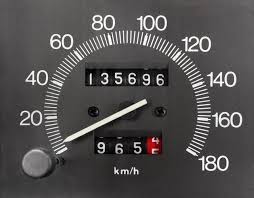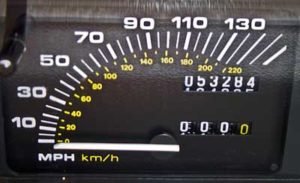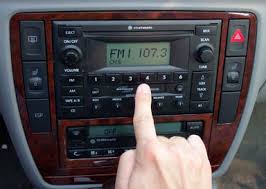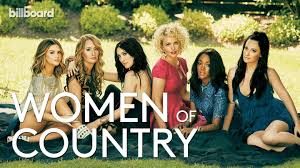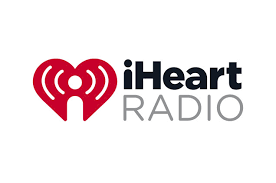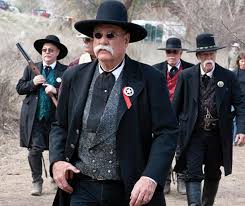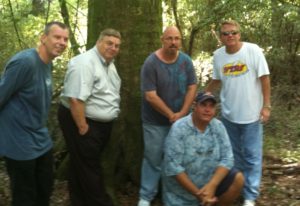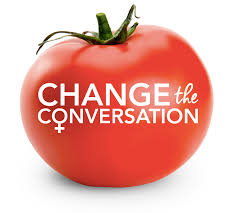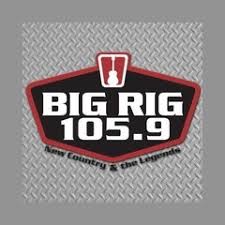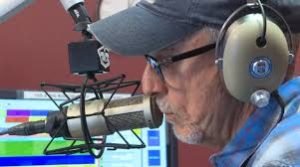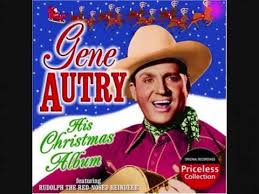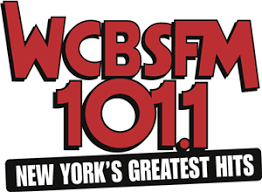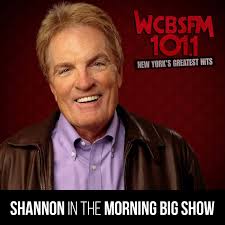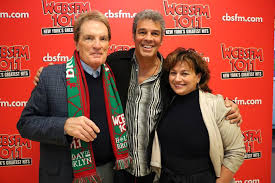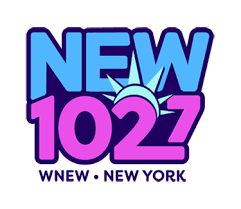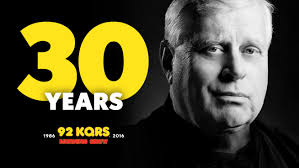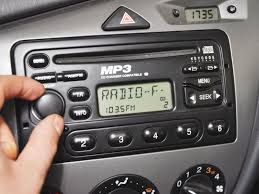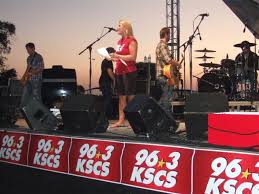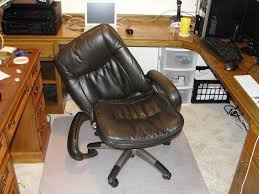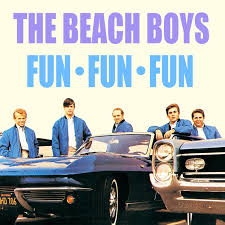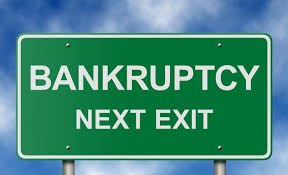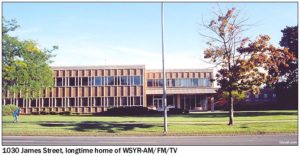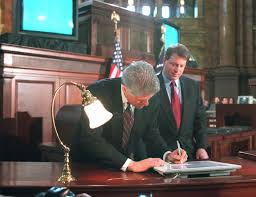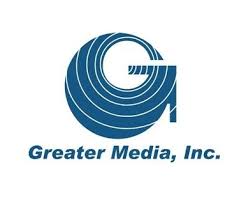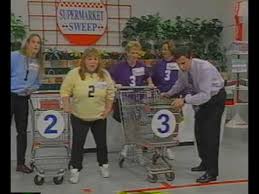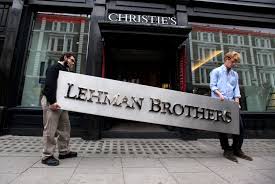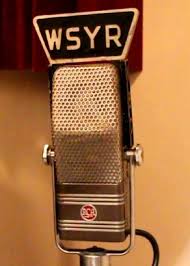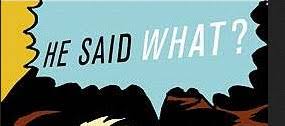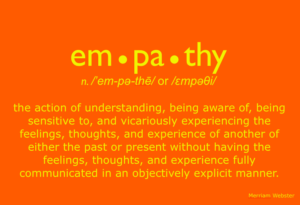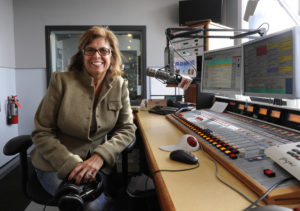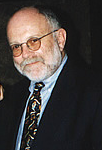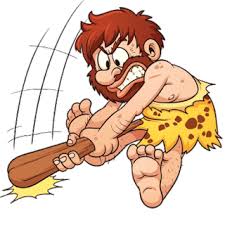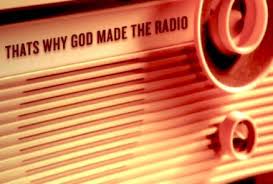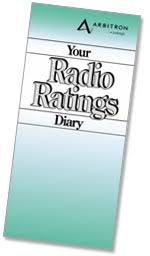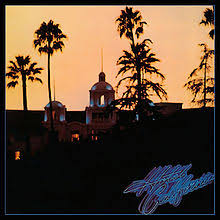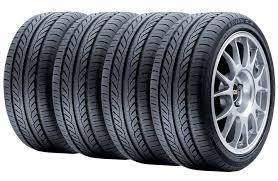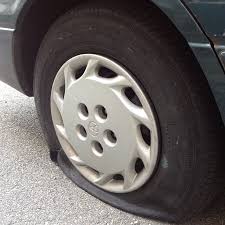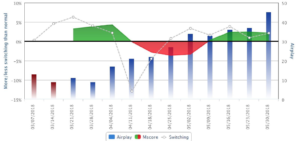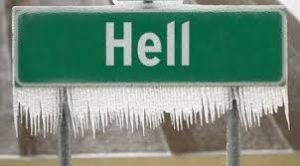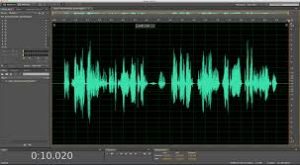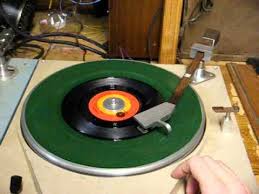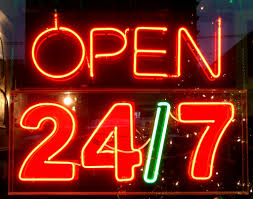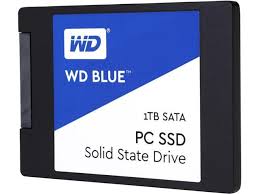WE NEED A RADIO STATION THAT PLAYS 50% FEMALES!
So I write a blog saying country radio should hire more women General Managers, Program Directors and lead morning show air talent. I posted it. Put links to it on Facebook and Twitter.

Three years ago I responded to every post I could for about 5 months. I also would respond in the discus and comment sections of web sites for famous newspapers and online publications with stories about “tomato-gate.”
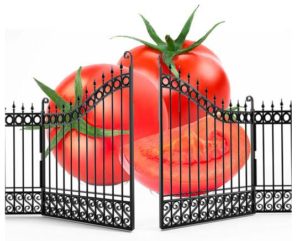
I came to a few conclusions. I was correct about the metric I had suggested to country radio. My strong feeling was advocates of women in country music just wanted me to fold my tent and go home. One of my mentors told me to shut up and go in a hole. This too shall pass. I rejected that advice. I stayed with it.
The opposition started to go away. The last ones to stay just started posting foul language and ad hominem attacks.

Yes there were death threats. One was from a female who had been air talent on a CBS Country station in a large market!
Every year on the anniversary of “tomato-gate” the topic gets dusted off and written about. The annualized questions now are “is it better or worse for women?” And “what is percentage of females country radio is now playing X number of years after the controversy?”
To me it’s not a controversy it’s a metric.
There are folks who want to see my research. It’s really very simple the radio stations own the ratings research from the Arbiton and Nielsen companies. It’s proprietary.
I have pointed out that the 12+ and now 6+ data for many markets are posted on websites like Allaccess.com or Inside Radio.com.
With a subscription to Mediabase you can get playlists of stations with a an elegant set of dashboard metrics and tools.
I say my metric is empirical.
Look at the playlists and the ratings. You’ll see.
I have been asked, “what happened when you removed males?”
Well we do remove both males and females to tighten a library to be just the best hits. However just removing males would make the female percentage go up unless we opted for instrumentals, dead air, tones or songs from genders other than men or women.
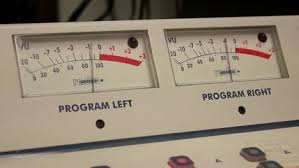
One thing I’ll say about the fine folks who proclaim, “You don’t know what would happen if you played 50% females now do you?”
Well I do know what would happen but you are right it’s NEVER been tested!
These women ask me, “well, then tell us how we can improve the plight of women in country.”
My answer has always been we play great songs. So write, record and promote more songs like “I Hope You Dance,” “Automatic,” and “The House That Built Me.”
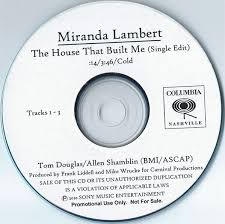
I return to the idea that there NEVER has been a radio station that has played 50% females.
So I make a plea here for a station in a top 75 market that is PPM rated with full market coverage signal to play 50% females for six months so we can empirically see what happens. (That’s a test AND empirical)
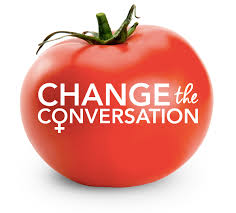
It would seem to me the Change The Conversation folks Beverly Keel, Leslie Fram, and Tracy Gershon and voices like Marissa Moss could find a consortium of women to purchase one radio station and prove it. Heck women are half of America and go fund me is out there. Get to work and buy a radio station with the parameters I have listed. Get the Suffragettes to join in. Sell shares of a corporation. Might I suggest, “The Keith Hill is Wrong Corporation.” No. Go ahead and call it “The Fairness For Women In Country Radio Corporation.”
Hire a staff of the best programmers. Run TV commercials for it. Have Billboards for it. Give away prizes. Do concerts to promote the station.
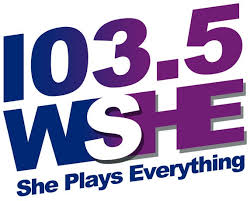
SHE FM.
FEM-FM
YOU GO GIRL 103!
Make sure that you play at least 50% of the songs by female singers. Expose all that great talent you talk about.
Then six months later WE will have ratings results.
Until then I endure twitter. It’s a cesspool of foul language. Anyone can say anything.
Other topics to help derail us from the issue.
Well Bro Country has ruined country. Wearing baseball caps backwards blah blah blah. Ok, but what does that have to do the 15% metric I claim?
Marissa Moss wrote a fine article for Rolling Stone about sexual harassment and misconduct in the country music industry. Imagine Harvey Weinstein in Nashville running a record label. There are also stories of CRS and promotion people taking artists to radio stations. Moss details the harassment that female artists and female promoters are subjected to.
I do not deny that these wretched behaviors exist.
Ms. Moss did research. I take it that means she made calls and interviewed folks.
I don’t know how many calls.
I have no doubt these things have happened and continue to happen. However, harassment is a different issue than what are the best metrics for composition of music that will yeild optimum time spent listening to country radio.
Flat tires and broken transmissions are both issues with cars. They have the car in common. However, they are separate maladies.
Sexual harassment and the percentage of songs by female singers are separate issues in the same industry.
I wonder the (N) of Ms. Moss’s research? How many people did she interview?
When we do research in radio we want it to be statistically reliable within a confidence interval. We do studies where the (N) of the study (N is the number of folks in the survey) is as low as 700 but up to 2000 respondents.
I estimate there are well over 20,000 folks employed in the country radio and record promotion industry. I think to be statistically reliable and then extrapolate the data to represent the behavior of the industry you’d have to talk to at least 400 people.
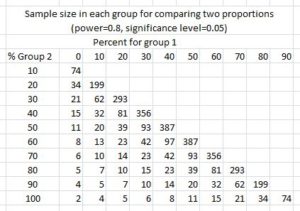
I don’t posit a complete set of solutions for harassment. I will say there are laws against assault and sexual assault. I’d suggest women who are assaulted in the manner that Ms. Moss’s article uncovered use the laws that exist. File complaints and use the law. If you have been harassed the law is on your side. My claim would be thes call to the police and complaints should be made right away. Do not wait 6 months or year or two or ten or more years.
On twitter folks will post, “can you believe that asshole!”
What do YOU want done… instant death without due process? I suspect there are those who want just that!

Then in previous articles I used the term “mom filter.” Women on twitter scoff at this as if it’s some kind of slam. Inside radio stations we discuss our content. We ultimately do not want that 38-year-old mother of two children to be embarrassed by the content on her favorite radio station. We don’t want the child exposed to the content to ask, “mommy what does blank-blank mean.”
But on twitter I am an insensitive man with NO understanding. Uh I had a mother, aunts and have nieces. I have programmed free radio aimed at women for 38 years successfully.
“Hill must think all women have to be mothers!” No. I want ALL women to listen as long as possible. I’m fine with listeners whose family looks like “Eight is Enough” or women who do not have children. To me they are all listeners with ears. (A genderless feature of this)

Twitter is a cesspool. Some discourse starts out civil. Then I believe out of frustration it often turns away from the core of the discussion.
I make a post. Then folks tweet back to me. Then when the logic tightens in on them in the advocacy of their position they then claim I am “trolling” them! Hey you tweeted to me first!!!!

Then “I see you only follow five people on twitter and all five of them are men!”
One is my local TV station. (Male?) One is my local newspaper. (Male?) One is the president of the United States. (Who is famous for tweeting but yes he is a male) One was a writer for the guardian who coined the term “tomato-gate” (yes he is a male)
I un-followed that TV station and Newspaper that are uh… male. I added Marissa Moss who is female and made this complaint about me. Now I have parity on twitter. I follow one male and one female. ( I took males? out because lord knows we want parity in who I follow on twitter!)

Now back to my cheerful suggestion for those who want to advance the women in country music. Come together. Get funding. Buy a radio station in a top 75 SMSA with a full market signal. Then play 50% (at least) females.
One more idea while I am making suggestions. Start a campaign to encourage the major country music labels in Nashville to drop already established pop females for country duets.

Instead of Pink, Tori Kelly, Bebe Rexha why not go over to the Listening Room and take in some Suffragette shows. (Monday Nights) I am sure you will find female performers who could sing those duets elegantly.
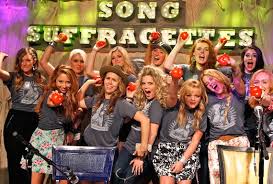
Wait… do I see this tweet directed at me in my future? “Hill says take off crossover pop females from country radio too! Clearly misogynist Hill should be dragged by his male parts behind a pick up truck! Bastard!”

Lastly, I claim oddly that radio airplay is the only Enterprise on planet earth where 50% parity won’t happen.
It will and can happen in elected positions, being doctors, lawyers, pilots, sales, management, creating visual arts, writing, home construction you name it. We have equal opportunity and the possibility of the real outcome that women can occupy 50% or more of the jobs in all of these spaces.
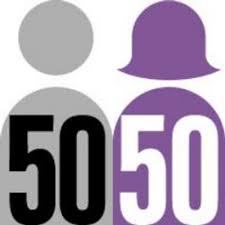
Songs played over country radio will be selected based upon the ear traffic of the listeners. It’s not up to the gatekeepers or creators of the music product itself. It’s up to the listeners.
Expected Tweet “Hill refuses to force upon the market place what they need. What the listeners want Be Damned.” (Expressed in other ways)





